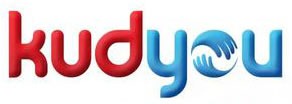 The Shopify App Store has over 100 apps to extend the features and capabilities that already come “out of the box” with your Shopify shop. We’ve been featuring apps from the Store for the past little while, covering apps that help you run your shop, make tedious tasks easier and help you connect with your customers.
The Shopify App Store has over 100 apps to extend the features and capabilities that already come “out of the box” with your Shopify shop. We’ve been featuring apps from the Store for the past little while, covering apps that help you run your shop, make tedious tasks easier and help you connect with your customers.
Today, we take a look at Kudyou, an app that lets you offer your customers cash rewards that they can save or give to their favorite causes. We interviewed the Kudyou team and shared their answers.
What does Kudyou do?
Kudyou helps shopowners generate higher sales though personalized customer rewards. It allows brands to present one reward that customers can personalize to suit their unique needs, either by saving up cash or donating to any cause of their choice.
What are Kudyou’s key features?
Kudyou does the following:
- Generates higher and more profitable sales by creating campaigns where customers can personalize their rewards, post-purchase
- Helps your customers support causes they are very passionate about, which leads to more referrals and sharing of offers
- Delivers these campaigns in a cost effective manner. Kudyou is more like payments processing pricing than daily deals charges
- Better presents the causes you support and extend the reach of your existing socially responsible initiatives to a receptive Kudyou community
- Learns about what causes your customers support in order to create more focused sales campaigns in the future
Why should shopowners use Kudyou?
Kudyou wants to help shopowners generate profitable sales and more beneficial engagements with consumers.
Shopowners benefit from higher sales and referrals from customers sharing these more meaningful offers with their friends.
Kudyou manages the campaign funds and social sharing of these offers on behalf of shopowners while delivering a great redemption process for shoppers in the process.
Tell us a little about yourself.

Kudyou is a core team of 4 people (with the usual support from loads of others) looking to build our start-up venture.
We’re actually split between 2 locations on 2 continents! We’re all Irish born, but John is based in Silicon Valley and has lived in the US since 2000. The rest of the team, Hugh, Karl and Des are all based on Dublin, Ireland. John and Hugh have known each other for over 16 years but that’s small change compared to Karl and Des, who met in kindergarten!
John had the original idea and is the business guy but only possesses enough technical knowledge to get himself in trouble. Hugh is technical so he manages the product strategy and John’s ideas. Karl
and Des, well they’re the engine, the coders who make all this a reality.
So, that’s Kudyou. You can find us in all the usual places, so check us out on the web, Facebook, Twitter etc. We look forward to hearing what people think about what we’ve built and seeing how people use it.
Where did you get the idea for your app?
We built this app for a number of reasons. Firstly, we felt that this was something missing from the market across all channels. Based on feedback from merchants, shoppers, donors and causes we set out to build our vision of this functional utility that would enable everyone to benefit. One of our advisors, Tamsin Smith who previously ran (RED), terms this “Beneficial Buying”.
Shopowners are looking to create better engagement experiences, enhance the attributes of their brand and get closer to their customers. From a sales campaign perspective, offering discounts
is easy but competing on price is not always a winning strategy; there needs to be more. Shopowners are doing a lot more socially responsible campaigns and these do resonate with consumers. Over
$200 billion is donated in the US by individuals each year and there are over one million active non-profits, so the question becomes from a shopowners perspective, which causes are right for them and their customers?
Giving is something very personal as is the need to sometimes save money. People want the choice to save or give to something they care about and want sales campaign to be relevant, genuine and
transparent. We believe that a lot of people are looking for more meaning, choice and control in their life. Giving customers the ability to choose how they would like to direct their reward is something positive and an experience they are willing to share with friends.
With all this in mind we set about building out the Kudyou service. We also knew that we would need to partner with others. Tamsin introduced us to Shopify since she was talking with Shopify about her
new business venture. We also knew some others who wanted to try out Kudyou, such as Willow Glen Charm, so we referred them to Shopify, given it’s such a great and easy platform to sell from.
It’s going to be interesting to see how people use Kudyou, from all perspectives.
Where can I find out more about Kudyou?
You can find more about the Kudyou app on its page in the Shopify App Store and about Kudyou on their site.
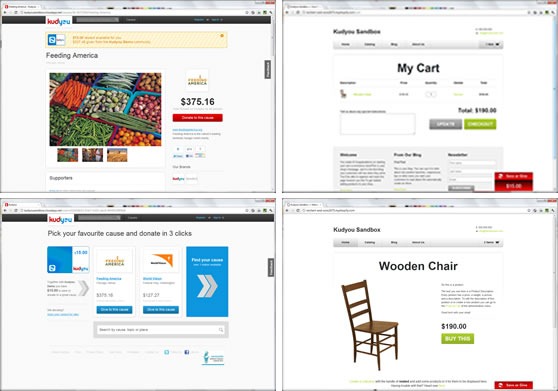
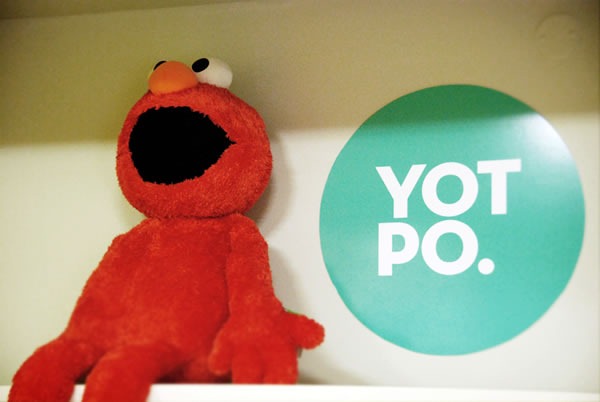
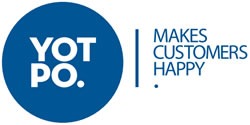
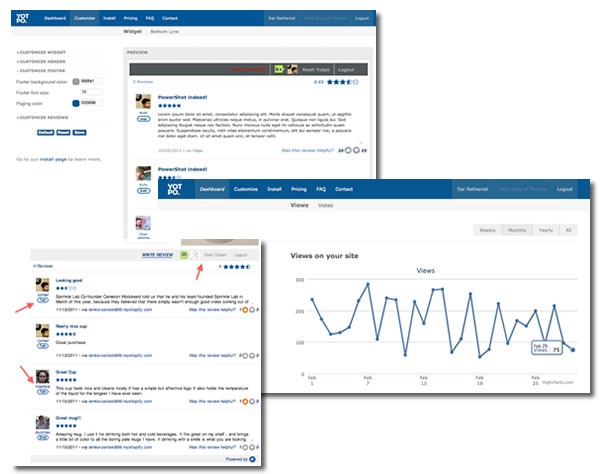
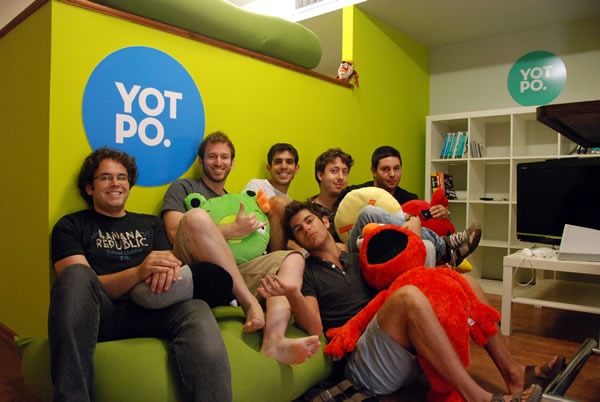
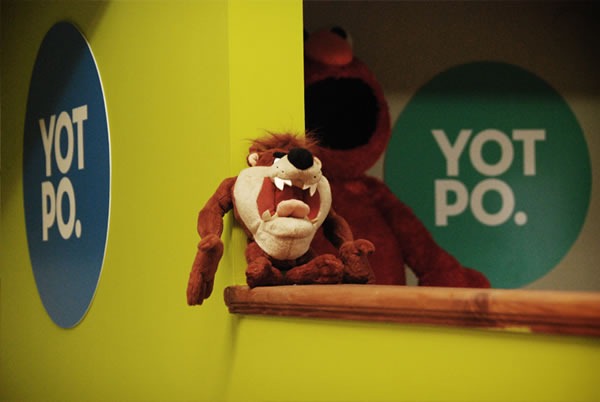
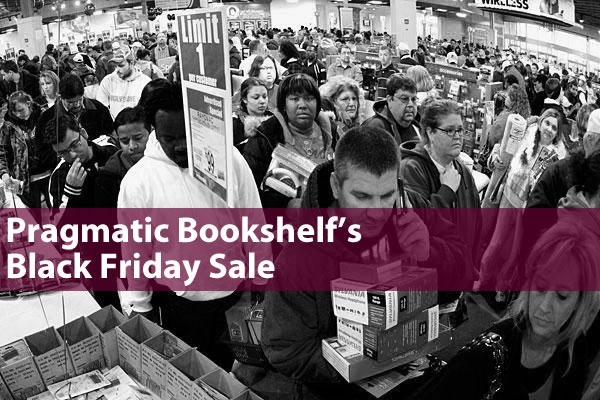
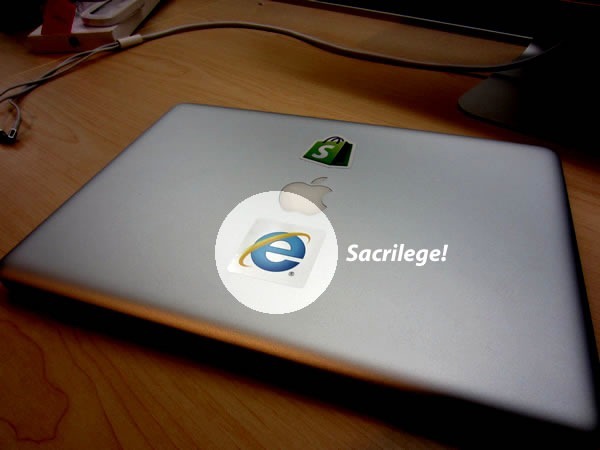


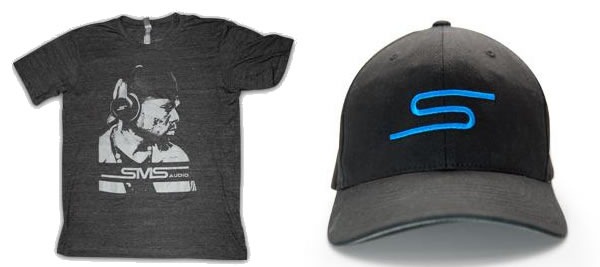

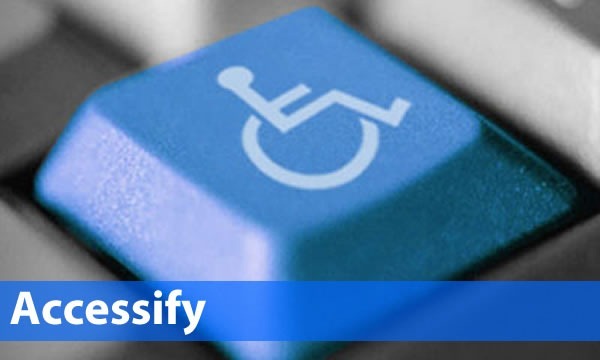
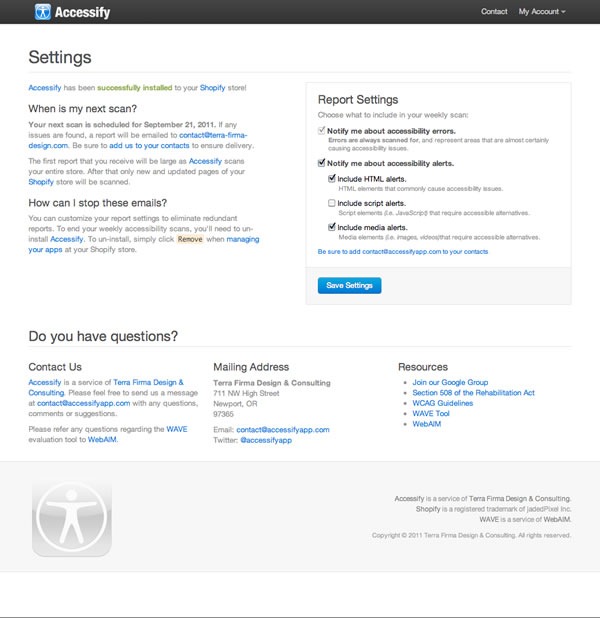
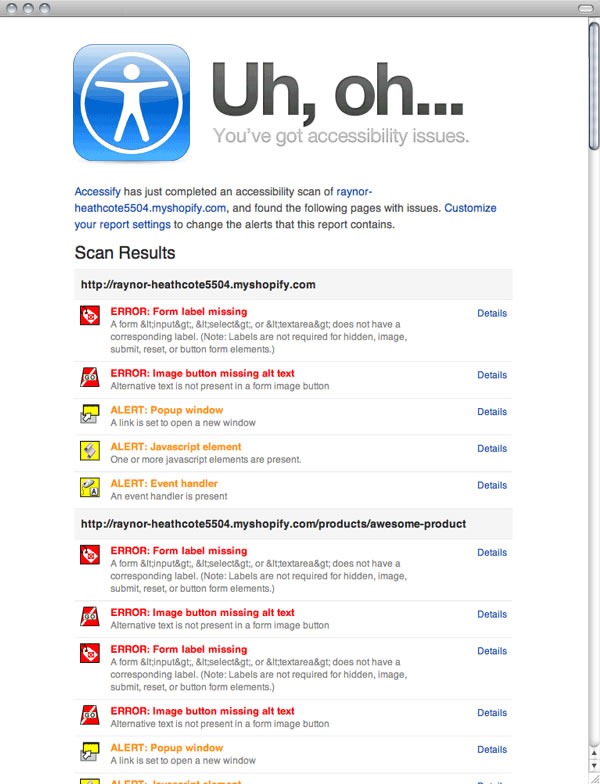
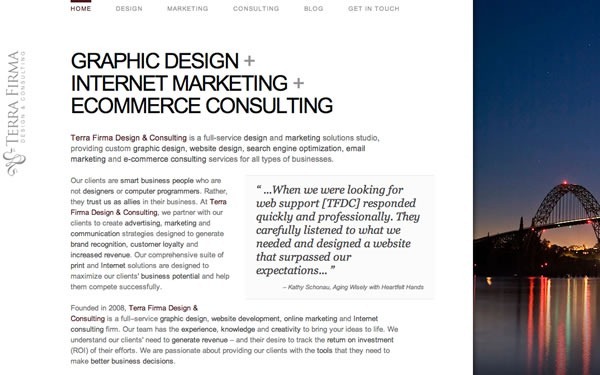
 One of the people with whom I had the pleasure of working during my days at Microsoft was technology Advisor
One of the people with whom I had the pleasure of working during my days at Microsoft was technology Advisor